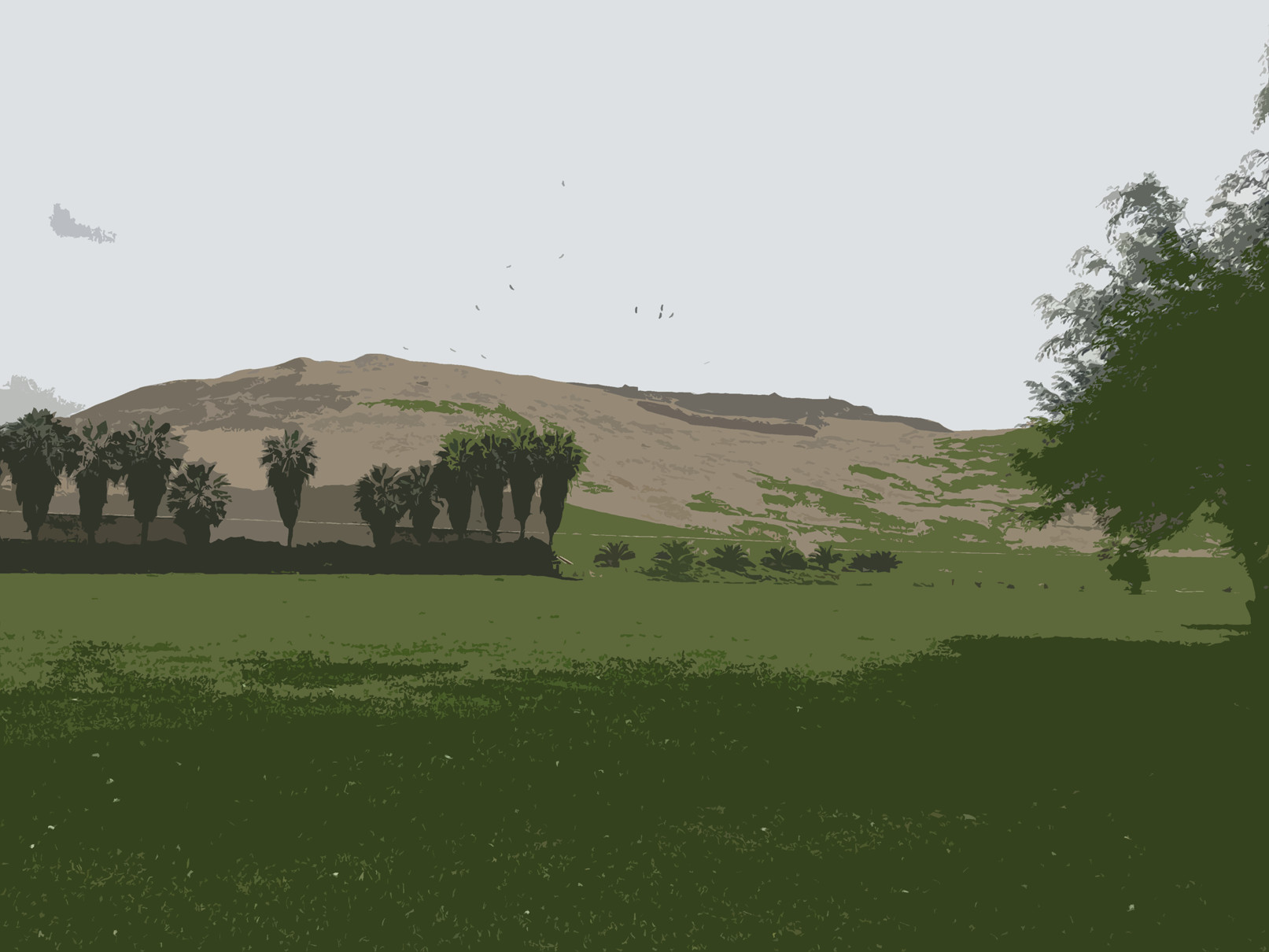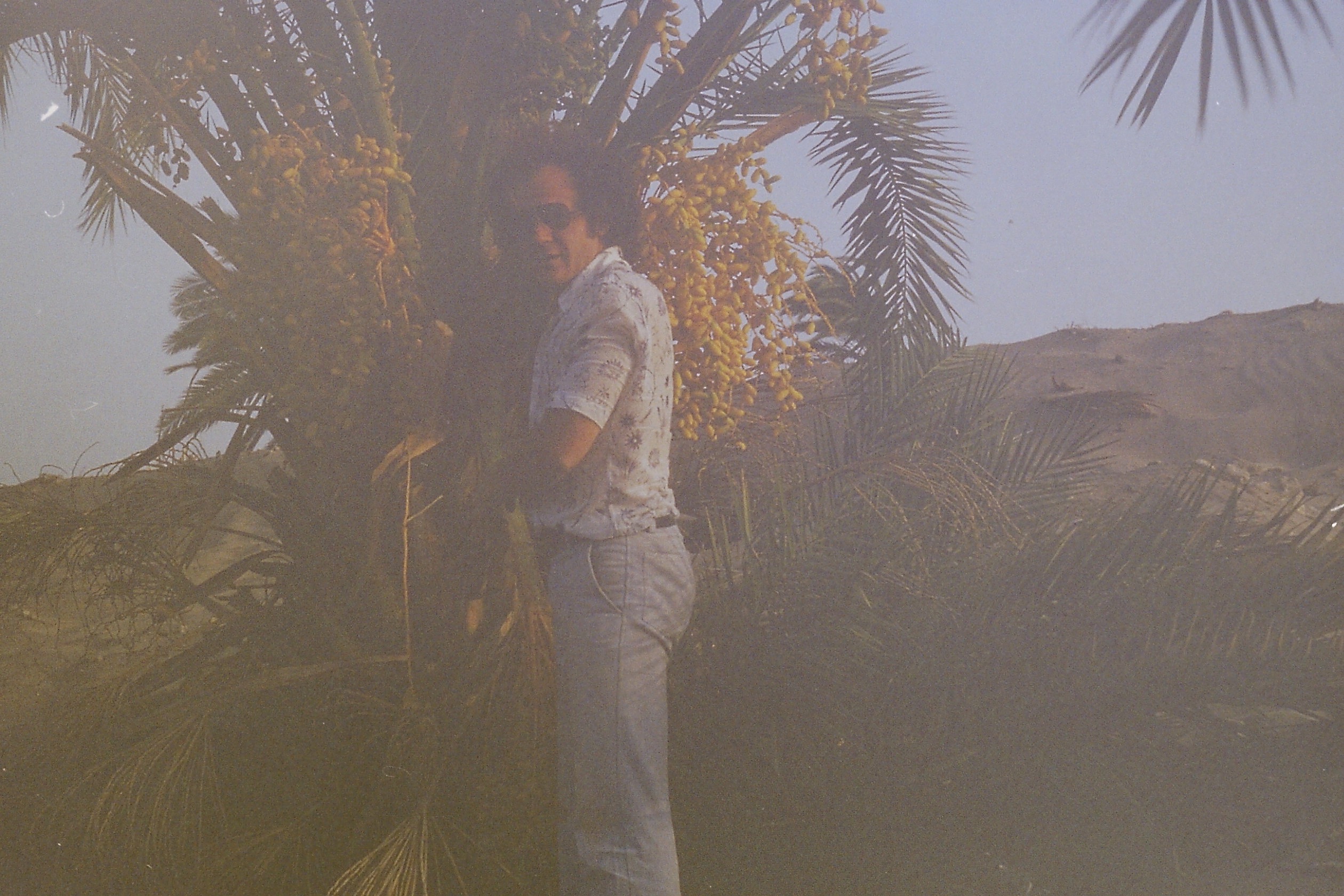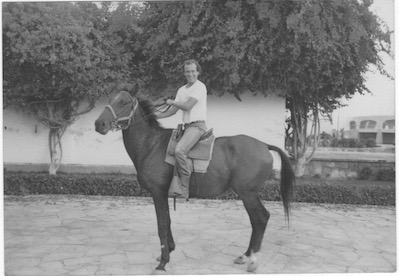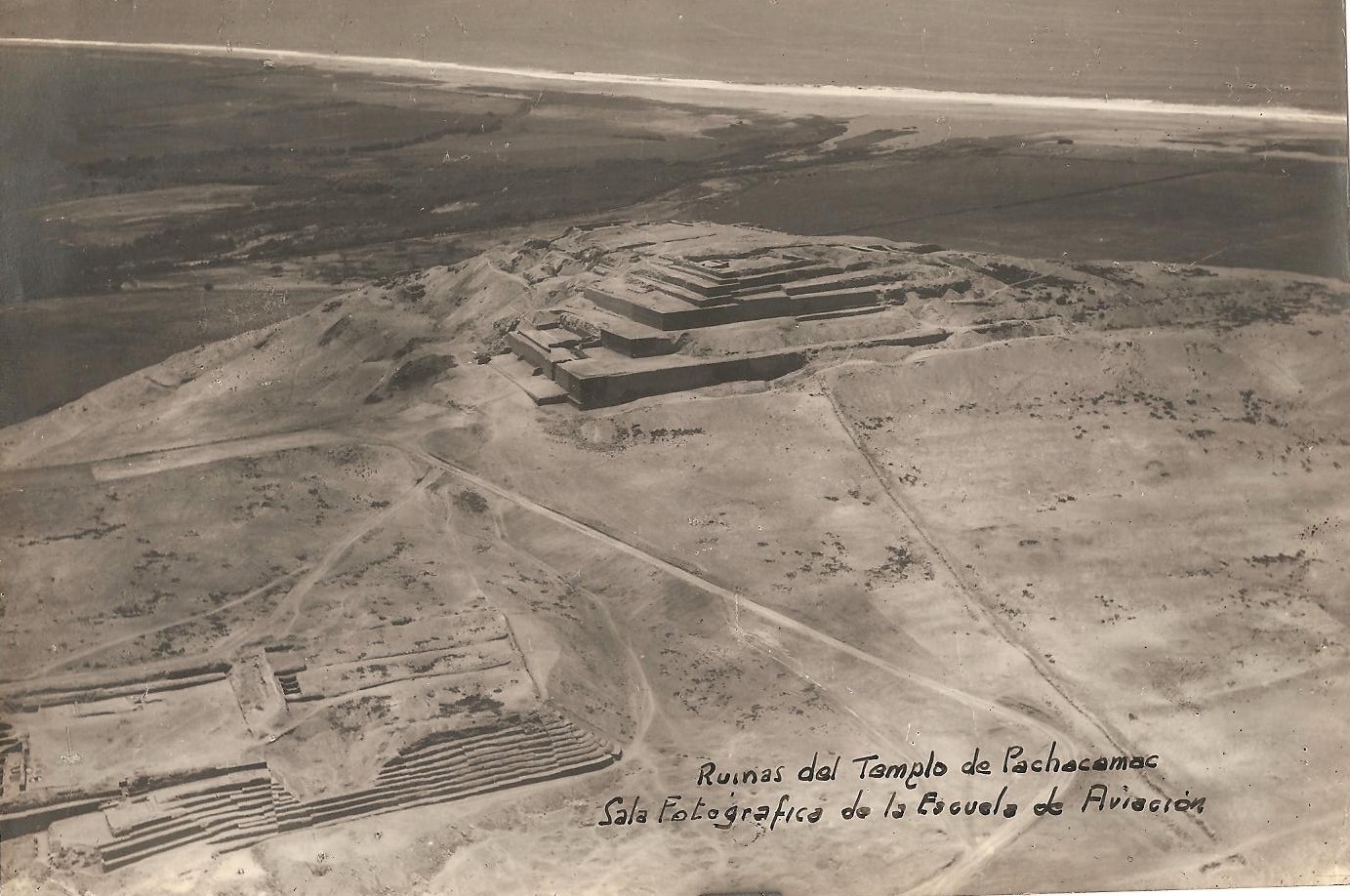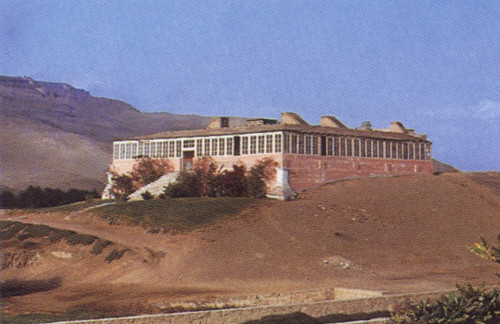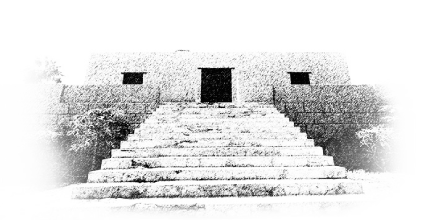Fundo Mamacona
MAMACONA , is the denomination of the Estate [Ranch] of the same name, constitued in the late eighteenth century and part of the old Hacienda San Pedro, awarded to Don Vicente Silva Dominguez by a royal decree of Spain.
The name was taken at that time by the proximity of these lands, to the Temple of the Mama Cunas, important religious maidens training center for the service of the Inca's family, and was later called: Citadel Tello [Ciudadela Tello], as he ( Julio C. Tello) was one of the first peruvian archeologist who studied and restored the Temple.

